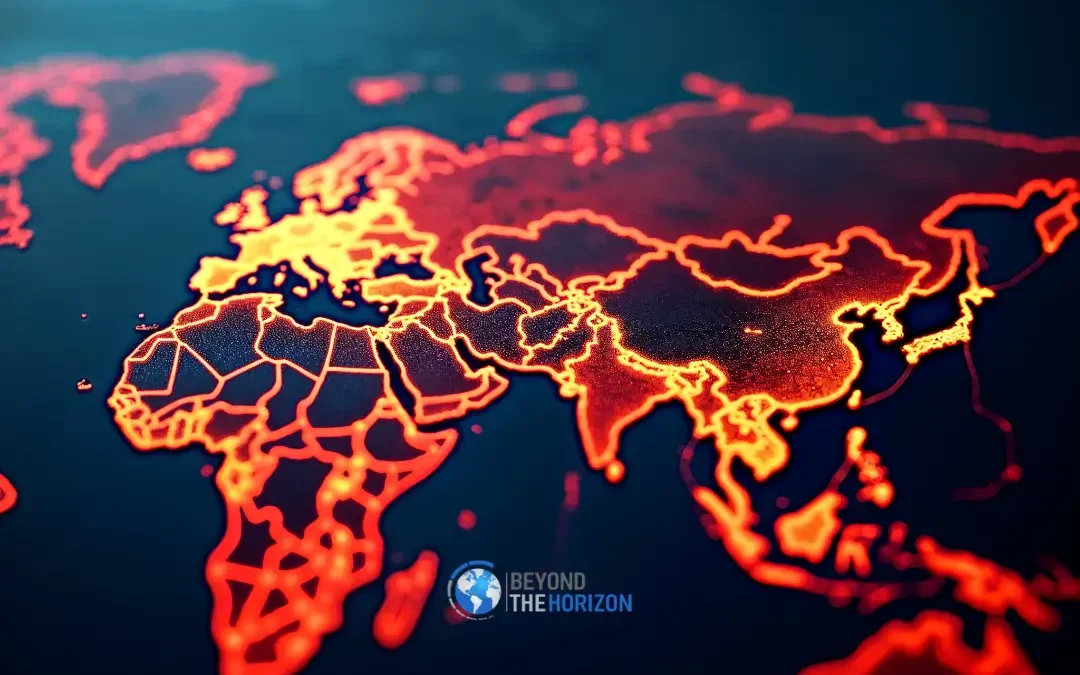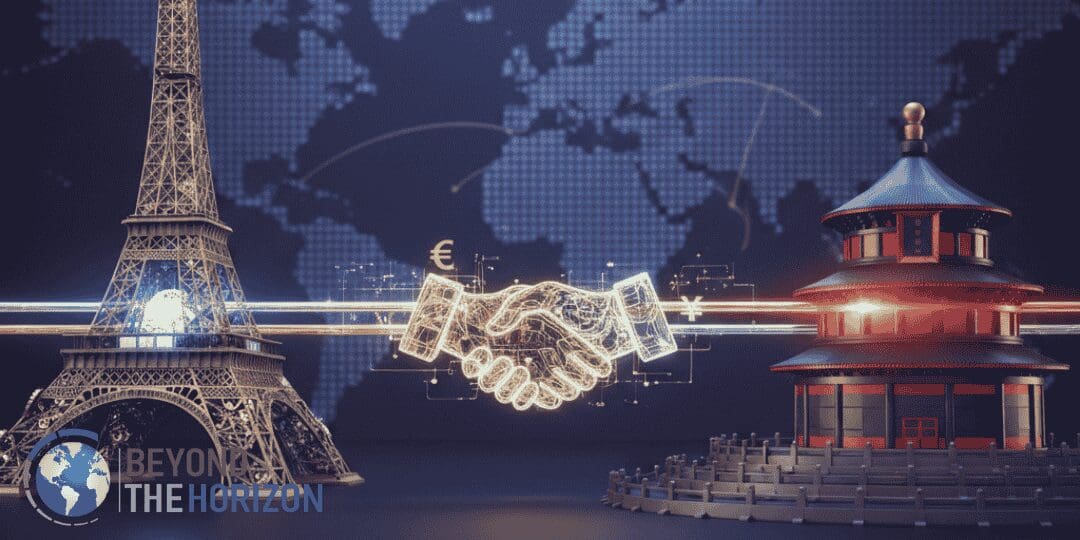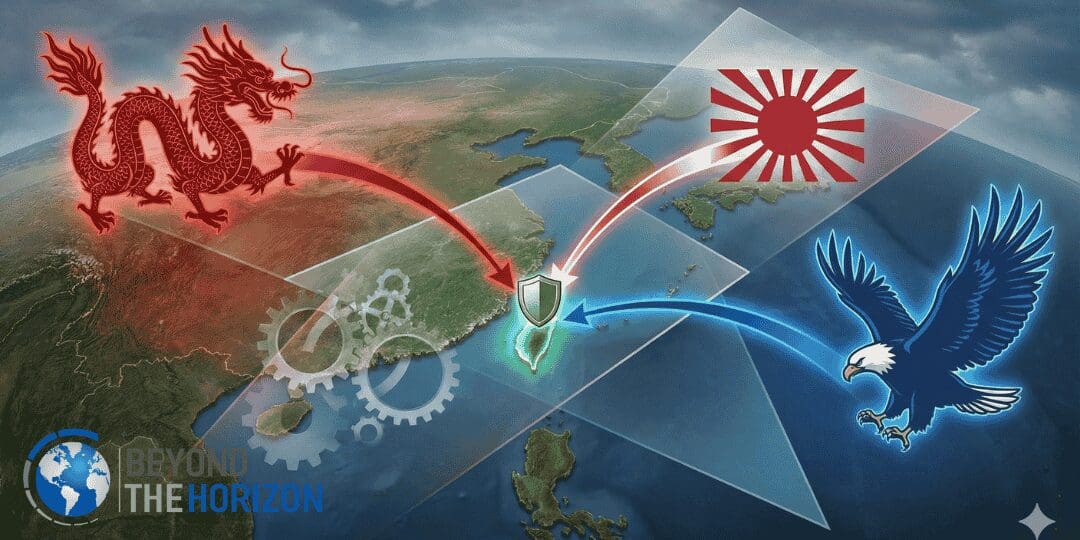Key Takeaways
- The Global South is no longer a passive actor — In 2025, developing nations across Asia, Africa, Latin America, the Middle East, and the Pacific are actively shaping global politics, economics, and security, moving from the periphery to the center of international influence.
- Diplomatic activity is reshaping alliances — High-profile visits by leaders like Donald Trump, Xi Jinping, and Emmanuel Macron, alongside landmark summits such as the ASEAN–GCC–China trilateral, reflect the Global South’s role as an architect of new regional and cross-regional alignments.
- Security frameworks are becoming multipolar — Regional actors like Saudi Arabia, Indonesia, and ASEAN are pursuing “strategic autonomy,” balancing between major powers (the U.S., China, Europe, Russia) while asserting their own defense priorities and diversifying their security partnerships.
- Economic cooperation is accelerating within the South — South-South trade, investment, and technology partnerships — including Gulf investments in Southeast Asia, Belt and Road expansions, and the African Continental Free Trade Area — are creating robust economic corridors that reduce reliance on traditional Western channels.
- Global governance is under pressure to reform — The Global South is demanding a greater voice in international institutions, pushing for expanded representation in bodies like the UN Security Council and stronger influence in the IMF, World Bank, and G20, reflecting their growing diplomatic and economic weight.
- Middle powers are emerging as regional leaders — Countries such as China, India, Brazil, Türkiye, and Saudi Arabia are not only shaping their neighborhoods but also leading broader coalitions, pursuing flexible, issue-based alignments across economic, security, and diplomatic spheres.
- Multipolarity is the new normal — No single superpower can unilaterally dictate outcomes; instead, power is increasingly distributed across networks, with the Global South serving as a critical driver of global cooperation, regional resilience, and alternative development models.
- Opportunities and challenges lie ahead — For major powers, meaningful engagement with the Global South requires respectful, inclusive partnerships rather than transactional or coercive approaches. For the Global South, the test will be converting this diplomatic momentum into lasting institutions and collaborative solutions on climate, trade, security, and technology.
- The 2025 moment marks a structural shift — The rise of the Global South is not a temporary trend but a deep transformation in the international system, pointing toward a more plural, balanced, and potentially more inclusive global order in the years ahead.
Introduction
The year 2025 marks a defining moment in the global balance of power. The Global South — a collective shorthand for developing nations across Asia, Africa, Latin America, the Middle East, and the Pacific — has stepped onto the world stage not just as a passive recipient of outside influence but as an assertive, dynamic force shaping international outcomes.
From Saudi Arabia to Southeast Asia, from the Pacific Islands to Latin America, we are witnessing a surge in South-South cooperation, new interregional partnerships, and strengthened economic, security, and diplomatic networks. A series of major developments this year — Donald Trump’s dramatic Gulf tour, Xi Jinping’s influential Southeast Asia visit, ASEAN’s intensified cross-regional diplomacy, China’s outreach to the Pacific Islands, Emmanuel Macron’s Southeast Asia charm offensive, and the defense-heavy Shangri-La Dialogue — all point to a world steadily shifting toward multipolarity, with the Global South at its heart.
This analysis explores how the Global South’s rise is reshaping global politics, economics, and security, and what this means for the future of international order.
Diplomatic Momentum: New Alignments and Summits
The flurry of diplomatic activity in 2025 reflects a world where developing nations are no longer merely arenas of great power competition but active architects of new alliances and frameworks.
In May, U.S. President Donald Trump, having returned to office, embarked on a four-day tour of Saudi Arabia, Qatar, and the UAE. More than a symbolic visit, it resulted in $700 billion in publicly announced deals — from major Boeing jet purchases to a record-breaking $142 billion arms package with Saudi Arabia, including the possibility of supplying advanced F‑35 fighters. Trump’s Gulf trip solidified a Sunni Arab-centered diplomatic order, implicitly sidelining traditional players like Israel and Iran. In a startling scene, Trump was photographed in Riyadh shaking hands with Syria’s new president, an Islamist leader once reviled by the West — a meeting brokered by Saudi Crown Prince Mohammed bin Salman. Washington’s Middle East approach has become more transactional, with the U.S. backing Gulf-led regional initiatives and reconciliation efforts in Syria and Yemen, even over Israeli objections.
At the same time, China was intensifying its outreach in Southeast Asia. In April, President Xi Jinping undertook his first trip to the region in nearly a decade, visiting Vietnam, Malaysia, and Cambodia. His tour yielded over 110 agreements spanning infrastructure, digital economy, agriculture, and defense cooperation, further embedding China’s influence in ASEAN economies. Xi’s message was clear: China offers partnership, stability, and support against the backdrop of rising U.S. protectionism. He explicitly pledged to uphold multilateral trade rules and resist unilateralism, presenting Beijing as the indispensable economic partner in a region squeezed by Trump’s tariffs.
Meanwhile, European powers, too, are seeking to deepen ties in the Indo-Pacific. French President Emmanuel Macron launched a week-long Southeast Asia tour covering Vietnam, Indonesia, and Singapore, advancing France’s Indo-Pacific strategy. Macron’s trip sealed commercial deals worth $8–10 billion — including the sale of 20 Airbus planes to Vietnam — and expanded defense ties with Indonesia, which has ordered 42 Rafale fighter jets, two Scorpène submarines, and cutting-edge radar systems from France. Macron’s high-profile speech at the Shangri-La Dialogue positioned Europe as a champion of international cooperation and rules-based trade, eager to fill a leadership gap left by the U.S.
The diplomatic momentum was not confined to bilateral visits. ASEAN, under Malaysia’s chairmanship, hosted back-to-back high-level summits in late May. The 46th ASEAN Summit reaffirmed regional unity, while the subsequent ASEAN–GCC and inaugural ASEAN–GCC–China trilateral summit in Kuala Lumpur broke new ground, weaving together Southeast Asia, the Arab Gulf, and China into a promising new cross-regional bloc. Leaders agreed to launch negotiations on a free trade agreement (FTA) between ASEAN and the GCC, aiming to boost trade from $130 billion in 2023 to $180 billion by 2032. Gulf sovereign wealth funds pledged investments in Southeast Asian infrastructure, renewable energy, and fintech, while China signaled its readiness to integrate Belt and Road investments into this trilateral framework.
Not to be overlooked, China also hosted Pacific Island foreign ministers in Xiamen on May 28, offering 100 small-scale development projects focused on climate resilience. While modest in financial terms, the initiative carried significant symbolic weight, reflecting Beijing’s determination to expand influence in a region where some states have shifted diplomatic recognition from Taiwan to China in recent years.
Security Realignments: Multipolar Hedging and Regional Autonomy
Alongside economic and diplomatic shifts, the Global South’s rise is driving fundamental changes in the global security landscape. In the Middle East, Trump’s Gulf tour confirmed a reordering of regional security alignments. The U.S. has increasingly prioritized partnerships with Sunni Arab powers, backing Gulf-led initiatives to stabilize Syria and Yemen. Notably, Trump announced the lifting of U.S. sanctions on Syria, following the ouster of Bashar al-Assad and the installation of a Gulf-aligned leadership, over strong objections from Israel. Saudi Arabia and the UAE, fortified by American arms, are pursuing defense autonomy by diversifying suppliers, including acquiring Chinese drones and missile systems. This marks a move toward a more multipolar Middle East, where Arab states are shaping outcomes not just as proxies of external powers, but as primary actors.
In Asia, security realignments are characterized by hedging strategies as regional actors navigate between the U.S. and China. At the Shangri-La Dialogue in Singapore — Asia’s premier security forum — ASEAN leaders emphasized the need for “strategic autonomy” and non-alignment, wary of being drawn into great-power contests. Malaysian Prime Minister Anwar Ibrahim, this year’s ASEAN chair, articulated the bloc’s approach: ASEAN will cooperate with all major powers while aligning with none exclusively, reaffirming principles of sovereignty, peaceful dispute resolution, and ASEAN centrality.
For example, while the Philippines has strengthened military ties with the U.S. (including granting expanded base access), it is simultaneously engaging China in negotiations for a binding South China Sea Code of Conduct. Indonesia, too, is diversifying its defense partnerships, purchasing equipment from Russia, the U.S., and now France — ensuring no single actor dominates its security landscape.
This pattern extends beyond Asia. African countries are sourcing drones from Türkiye and China, while Latin American nations are strengthening indigenous defense industries with diverse technology partners. The Pacific Islands, meanwhile, have emerged as a strategic hotspot, with China’s security pact with the Solomon Islands prompting increased Western security aid to the region.
Overall, the Global South is rejecting Cold War–style alignments, pursuing issue-based, flexible partnerships that enhance their security autonomy while reducing dependency on any one external power.
Economic Partnerships: South-South Growth Engines
Perhaps the most striking dimension of the Global South’s rise is economic. Faced with U.S. protectionism, ASEAN countries are accelerating efforts to boost intra-regional trade and investment, advancing the vision of an ASEAN Economic Community. The five-year blueprint adopted at the 2025 summit calls for harmonizing standards, integrating financial systems, and investing in digital infrastructure. If successful, ASEAN — with a population of 660 million — could become the world’s fourth-largest economy by 2045.
At the same time, ASEAN’s partnership with the GCC and China is creating powerful new economic corridors. Gulf sovereign wealth funds, flush with petrodollar surpluses, are investing in Southeast Asian infrastructure, clean energy, and tech startups, offering an alternative to Chinese or Western financing. Negotiations for an ASEAN–GCC FTA envision a framework covering energy, halal food, Islamic finance, and digital trade, linking two dynamic Global South regions across the Indian Ocean. China’s integration into this network through Belt and Road projects — such as expanded industrial parks in Malaysia or upgraded ports in Cambodia — could create a trans-Eurasian economic sphere combining Chinese technology, Gulf capital, and ASEAN manufacturing.
Beyond Asia, African nations are moving forward on the African Continental Free Trade Area (AfCFTA), while Latin American countries are reviving common market initiatives. BRICS, once considered a loose political grouping, is evolving into a more robust economic coalition, with expanded membership now including Saudi Arabia, Egypt, and Argentina. Meanwhile, the Regional Comprehensive Economic Partnership (RCEP) — encompassing ASEAN, China, and other Asia-Pacific economies — is harmonizing trade rules across 15 countries accounting for 30% of global GDP.
South-South technological partnerships are also gaining momentum. The Gulf and Asia are collaborating on solar farms and LNG supply deals, Türkiye is exporting drones across Africa and Asia, and India is launching satellites for other developing countries’ space programs. These partnerships reduce Global South dependence on Western technology, advancing a more autonomous development path.
Global Governance: Demanding a Seat at the Table
The Global South’s economic and diplomatic weight is translating into political confidence — and a growing push for greater inclusion in global governance. The African Union’s admission to the G20 in 2024 was a landmark moment, signaling international recognition of Africa’s rising importance. Across global forums, developing nations are calling for reforms that reflect 21st-century realities: expanding the UN Security Council to include permanent representation for Africa and Latin America, adjusting voting power in the IMF and World Bank, and addressing issues like climate finance and digital governance with Global South priorities in mind.
In 2025, the Global South has become more coordinated in global negotiations, using platforms like the G77 and BRICS to push back against Western dominance. On issues like climate justice, tax rules, and technology transfers, developing countries are presenting a united front, demanding that international institutions deliver on promises — such as the long-promised $100 billion annual climate finance commitment.
At the same time, within the Global South, certain countries are emerging as poles of influence in their own right. China’s vast economic network and India’s growing diplomatic activism position them as leaders of developing world coalitions. Middle powers like Brazil, Türkiye, and Saudi Arabia are expanding their regional and cross-regional influence, engaging with diverse partners to maximize strategic flexibility.
Conclusion: Embracing Multipolarity
Taken together, the diplomatic, security, and economic trends of 2025 point to a structural shift toward a multipolar world. The Global South is not simply adapting to this new order; it is helping to shape it.
For major powers, this presents both challenges and opportunities. Engaging the Global South as equal partners — rather than as subordinate allies or competition arenas — offers the best path to building a resilient, inclusive international system. Transactional, coercive approaches are likely to backfire, as seen in the Gulf’s hedging and ASEAN’s united stand against unilateral trade pressure. Instead, constructive economic partnerships, respectful diplomatic engagement, and support for Global South–led regional initiatives can foster stability and mutual benefit.
For the Global South itself, this is a historic moment to consolidate gains, strengthen interregional ties, and lead on issues of global importance, from climate change to digital governance. The challenge will be to maintain unity and coherence without stifling diversity, and to translate diplomatic momentum into lasting institutions that deliver shared prosperity.
The events of 2025 have shown the potential of Global South cooperation — the coming years will test whether the world can fully incorporate this dynamism into a more balanced, inclusive, and prosperous international order.






